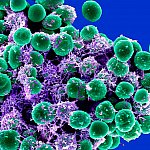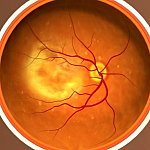You are here
December 31, 2010
2010 Research Highlights — Promising Medical Advances
Findings with Potential for Enhancing Human Health
NIH has about 6,000 staff scientists and supports more than 325,000 researchers at more than 3,000 institutions in the United States and around the world. Here's just a small sampling of the accomplishments made by NIH-supported scientists in 2010.








